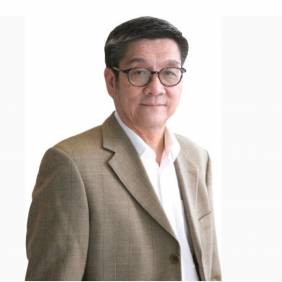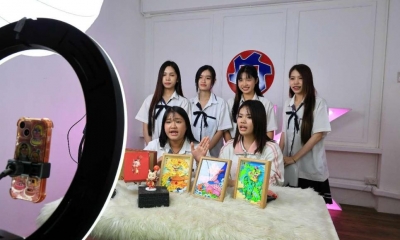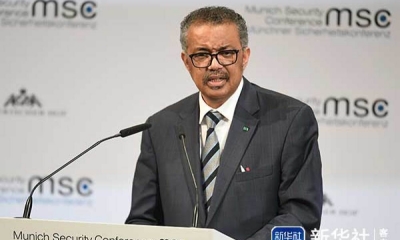A Community with a Shared Future for Mankind and Chinese Worldview of “Tianxia”
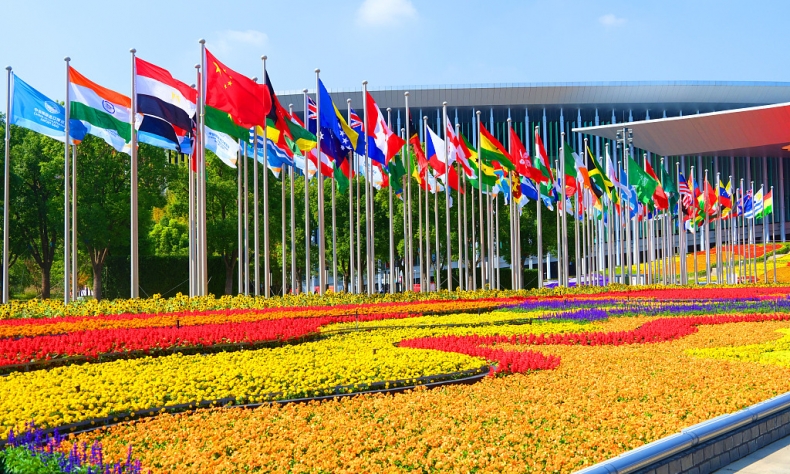
A Community with a Shared Future for Mankind is China’s answer to the call of the time in a world divided by geopolitical tensions, and as humanity confronts existential threats due to climate change.
The concept of “a Community with a Shared Future for Mankind” was put forth by President Xi Jinping in his address at the Moscow State Institute of International Relations in 2013. In the speech, President Xi emphasized that mankind live in the same global village where “everyone has in himself a little bit of others”, and thus mankind “have increasingly emerged as a community of common destiny”.
Since then, “a Community with a Shared Future for Mankind” has evolved into China’s blueprint for global governance. It is China’s worldview in the new era and its guiding principle in international relations.
This concept has been written into the Constitution of the Communist Party of China in 2017 and incorporated into Constitution of the People’s Republic of China a year later. It has been endorsed by the UN and enshrined in several UN resolutions.
Comsfuture (It is the acronym for “a Community with Shared Future” used in this article.) is more than just an aspiration and vision; its guiding principles underscore the critical importance of international cooperation, mutual respect among nations, and love for our common home, the planet Earth.
In an era marked by unprecedented connectivity, both virtual and physical, the concept of Comsfuture transcends geographical borders and underscores the interdependence of nations. It calls for a concerted effort to address global challenges, foster peace, and to achieve the UN 2030 Sustainable Development Goals.
At its core, Comsfuture resonates the timeless wisdom inherent in the Chinese worldview of “Tianxia”.
The term Tianxia is Chinese traditional depiction of the world with no well-defined geographical borders. Often translated as “all under the heaven”, it encapsulates the concept of a unified and harmonious global order where people of different ethnicities, with diverse cultures and civilizations, coexist. Tianxia embodies a universalistic worldview that envisions the world as a single entity, where all nations are interconnected, and all people share a common future under the Heaven. It represents a vision of unity amidst diversity, where the welfare of one is inextricably linked to the welfare of all.
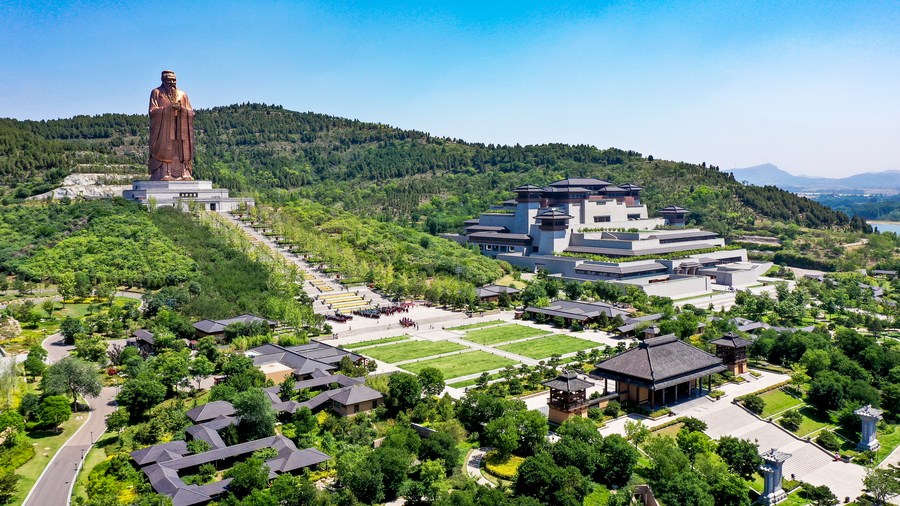
In essence, a Community with a Shared Future for Mankind can be construed as internationalism infused with distinctive Chinese cultural values, emphasizing mutual respect, understanding, and collaboration. In simpler terms, “Comsfuture” is internationalism with Chinese cultural characteristics in the 21st century. It stands as China’s proposition to address the challenges of a world beset by conflicts, unilateralism, hegemonic ambitions, and climate change.
Comsfuture vividly embodies the spirit of “sharing the benefits with the world when one prospers” in international cooperation, providing an unequivocal attestation of China’s peaceful rise as a major global power. In particular, China has helped many developing countries in achieving economic growth under the Belt and Road Initiative (BRI).
Tianxia underscores the significance of achieving harmony and cooperation among nations rather than fostering conflict and competition. It promotes the idea that nations should collaborate for the greater good and shared prosperity, i.e., “Tianxia in great harmony”. This is the ideal world pursued by Confucianism in which people live in peace and help each other, akin to the notion of Comsfuture.
Confucius articulated, “When the great way prevails, Tianxia belongs to everyone.” Tianxia is an all-inclusive world that excludes no one. It belongs to all. This is epitomized in the Confucius’ saying: “All men are brothers within the four seas,” meaning the world is one big family.
China’s rich history of valuing harmony, mutual consultation, and coexistence aligns perfectly with the spirits of Comsfuture. It represents a modern expression of the age-old belief that our destinies are interlinked, and the collective actions we take today can shape the world of tomorrow.
As mentioned above, the Belt and Road Initiative, which is a mammoth transcontinental development project that aims to foster global connectivity based on the principles of mutual consultation, joint development, and shared benefits, exemplifies China’s commitment to mutual prosperity, echoing the essence of Tianxia. It is the means and the platform to realize the building of a Community with a Shared Future.
Tianxia, deeply rooted in Confucianism, emphasizes ethical principles, benevolence, and the well-being of all people. Just as rulers of the past had a moral obligation to ensure the welfare of their subjects and promote global peace and harmony, contemporary governments must prioritize the well-being of their citizens, treat them fairly and justly, and promote global peace and prosperity.
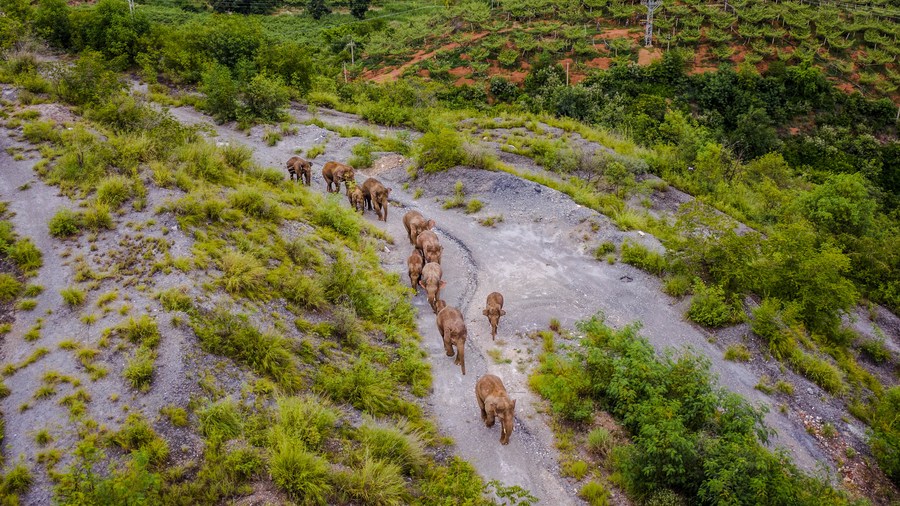
Another distinct characteristic of Chinese culture is the concept of unity between humanity and nature, which advocates harmonious coexistence of “all things under the heaven”. The concept of Comsfuture explicitly upholds and elaborates on the idea of harmony between humanity and nature.
Recognizing that the Earth is home for mankind, we must heed the principle of “unity of nature and man” and “the law of nature” in our pursuit for sustainable development. Humanity must respect and conform to nature, living in harmony with it, while avoiding destructive development practices.
The international system of post-World War II has ushered in decades of peace and prosperity. But it is now flawed. This is due to its failure to take into account the rise of the global south and acknowledge their legitimate rights and interests.
The prevailing global order, much influenced by Western values, carries historical biases and prejudices. It is in need of reform. Comsfuture embodies China’s vision for a fair, equitable, and just global order based on the principles of openness, inclusiveness, mutual respect, and reverence for Mother Earth. It is China’s contribution to global governance which it hopes could redress the inadequacies, inequalities and biases of the current global order.
As we navigate the intricate global challenges of the 21st century, such as climate change, pandemics, poverty, and technological advancements, the concept of Comsfuture takes on even greater significance. Humanity must rise above national differences and collectively focus on the pursuit for the common good of mankind.
Mr. Peter Thomson, President of the 71st United Nations General Assembly, once stated in an interview with the media that the concept of building a Community with a Shared Future for Mankind, advocated by China, is “the only future for Mankind on this planet.”
A Community with a Shared Future for Mankind is China’s answer to the call of the time in a world divided by geopolitical tensions, and as humanity confronts existential threats due to climate change. It holds the promise of shaping a better world in the 21st century.
The article reflects the author’s opinions, and not necessarily the views of China Focus.
 Facebook
Facebook
 Twitter
Twitter
 Linkedin
Linkedin
 Google +
Google +



